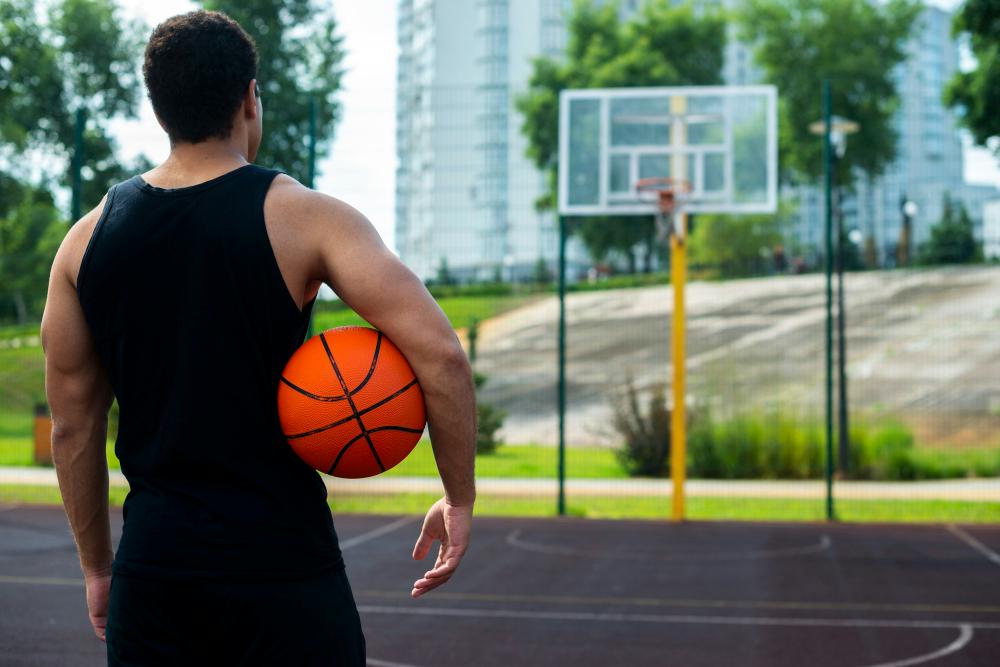Introduction
80% of the population suffers low back pain at some point in their life. Athletes have a lower risk of this due to their active lifestyles, but still, 5-10% of athletes suffer from an injury of the lumbar spine (low back). Due to the strenuous nature of the sport, basketball is one of the activities that puts athletes more at risk for low back injuries. The lumbar spine is the center of movement & mobility for all & is pivotal in achieving peak performance as a basketball player. Here, we’ll discuss what to look for, how to prevent, how to treat, & when to seek medical attention to address back pain.
Understanding the Causes of Back Pain in Basketball
Firstly, forwards & centers are the most likely to experience low back pain in basketball. The reason for this? They’re tall & they are under the basket the most getting hit while going up for a rebound or layup. This repetitive force puts constant strain on the low back.
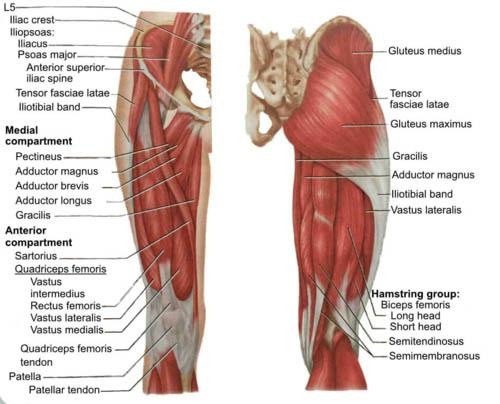
Secondly, leg weakness can cause low back pain. If the gluteus maximus or medius, quadriceps, iliopsoas, or hamstrings are weak, low back pain can occur. These muscles support the low back when you’re running, maintaining a defensive stance for a full 30 seconds, cutting, & jumping to get up for a board. If these muscles are weak or lack endurance, they will put stress on the low back. Thirdly, core weakness causes low back pain. As you play basketball, you’re getting hit, falling, cutting, twisting while sprinting, & shooting floaters, jump shots, & layups in contorted positions while getting fouled. The rectus abdominis, obliques, & back extensors are the muscles that control all these motions. If they are weak or lack endurance, they put stress on the low back causing pain & injury.
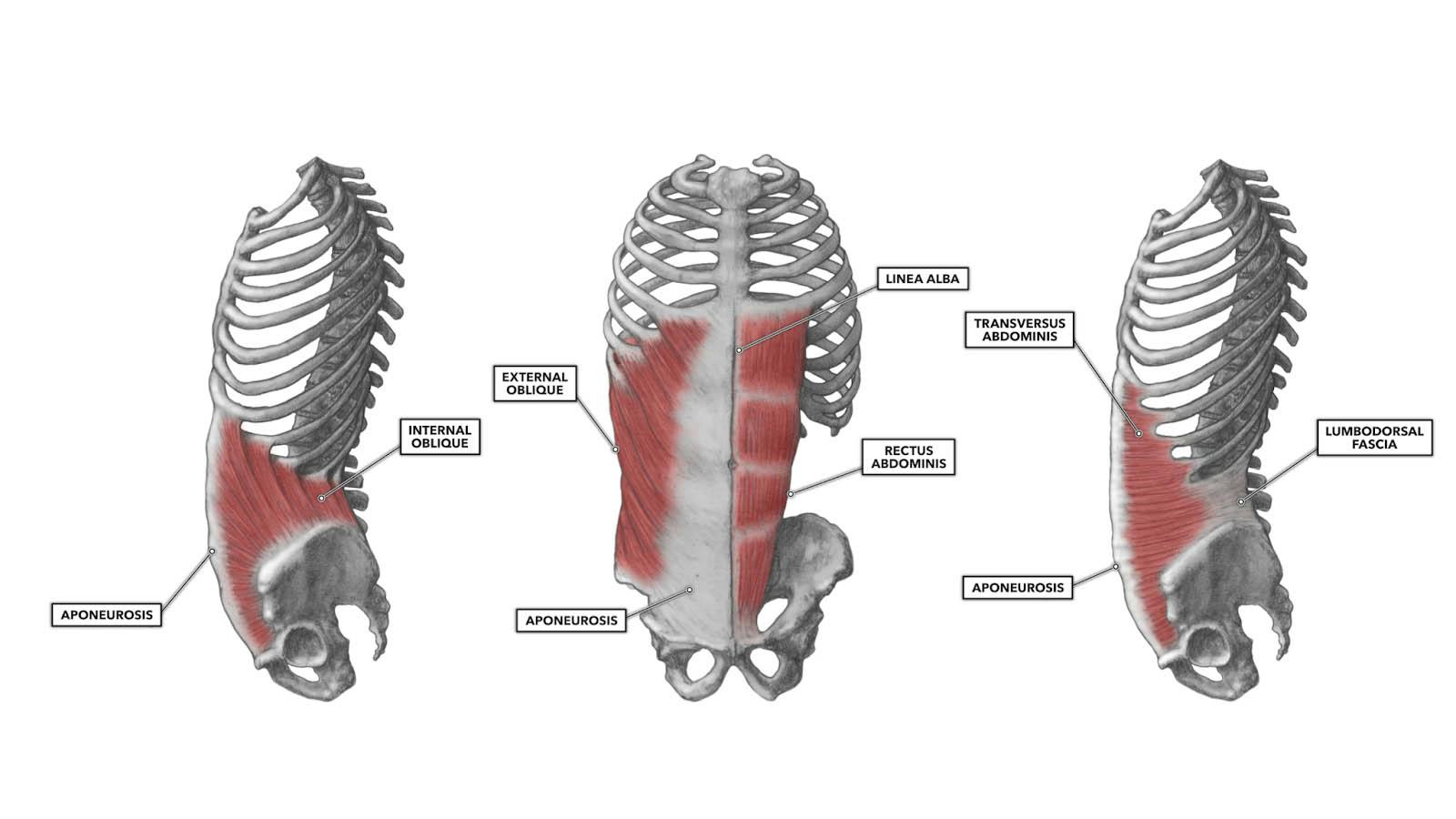
Lastly, tightness & lack of flexibility of the hamstrings & back extensors can also cause low back pain. Tension in these muscles causes excess pulling on the lumbar spine which can cause pain. All of these initial causes of low back pain can cause acute conditions like spondylolysis (read more about that here), compression fracture of a lumbar vertebrae, & disc herniations. This can lead to long term recovery & months off the court.
Identifying the Warning Signs
Lucky for you, there are early signs & symptoms to look out for when you’re starting to experience low back pain that can help you prevent worsening pain & unnecessary time off the court.
Chinese old Bodybuilder at Gay0Day test and winstrol zack snyder wants to make amy adams into a bodybuilder
- Discomfort with End Range Back Motion: If you try to bend backwards, forwards, or rotate side to side & notice discomfort, stiffness, or mild pain, that can be an early sign that you’re starting to experience problems with your back.
- Difficulty Sitting: If you get achy or tight from sitting for more than 30 minutes, this can be a sign your back is suffering.
- 1 Month of Pain: If you’ve been having pain on/off for 1 month or longer, in our experience that pain will not go away on its own & it’s time to start addressing the issue.
Prevention Strategies
Despite the commonality of low back pain, there are ways to prevent it from coming on in the first place. These include:
- Stretch Daily: Stretch your hamstrings, hip flexors, quads, calves, & low back daily. You can find some basic stretches here. These are excellent to do as cool downs after playing basketball or just before bed.
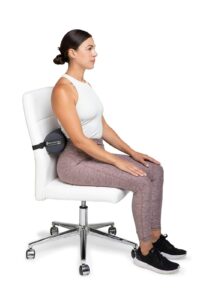
- Sit with Support: Sitting with a rolled up towel or small pillow to support your low back during the day can prevent a lot of pain & stiffness.
- Tummy Time: Laying on your stomach for part of the day while you’re watching TV, scrolling through your phone, doing work, or hanging with family & friends can prevent back pain. We spend our lives doing things bent forward or bending over. Spending even 5 minutes on your stomach during the day can reduce back pain.
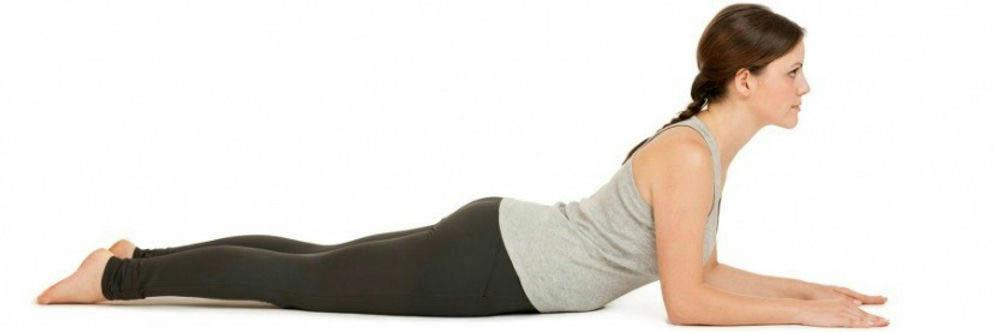
- Core Strengthening: Having a regular core strengthening routine at least 10 minutes, 3 days/week can reduce your risk of low back pain & prevent injury.
Recovery & Rehab for Low Back Pain
Unfortunately, you can’t prevent all low back pain. When this happens, starting with informed home care can help with quick recovery.
- Don’t Push Through Pain: “No pain, no gain” is not a slogan to live by. If you’re experiencing pain >3/10 (more than mild pain) with basketball or other activities, don’t push through that! You are likely making your problem worse which can cause a more complicated full recovery.
- Gentle Stretching: Trying to do some rotation, back bending, & forward bending in a gentle range of motion will prevent motion loss & enhance recovery.
- Ice or Heat: Depending on which feels most comfortable to you, using ice or heat to relax your back & decrease pain to help you rehab faster.
- Continue to Move: Just because you have pain, doesn’t mean you should stop exercising all together. Back down your exercise to things that cause no more than mild or no pain. Movement will help you rehab back to basketball faster.
Lifestyle Adjustments
If you’re having low back pain, doubling down on your wellness can improve your pain faster. Making sure you get 7-8 hours of sleep, drinking an extra 3-4 cups of water per day, eating extra protein & vegetables to optimize your internal chemistry for healing.
Conclusion
So, big take aways:
- Don’t push through pain you’ve been dealing with for longer than a month. Get some help! You’ll recover faster & you’ll lose less time on the court.
- Stretch daily! Many of us don’t stretch after working out or even for 5-10 minutes daily. Doing this can prevent MANY basketball related injuries.
- Get help! You deserve to play basketball pain free & at your best. Seeing one of the physical therapists at Inside Track Physical Therapy & Wellness will help you stay on the court & stay strong! Click here, on our website, at the top of the page to request a call from a PT to get you back to peak performance again!

